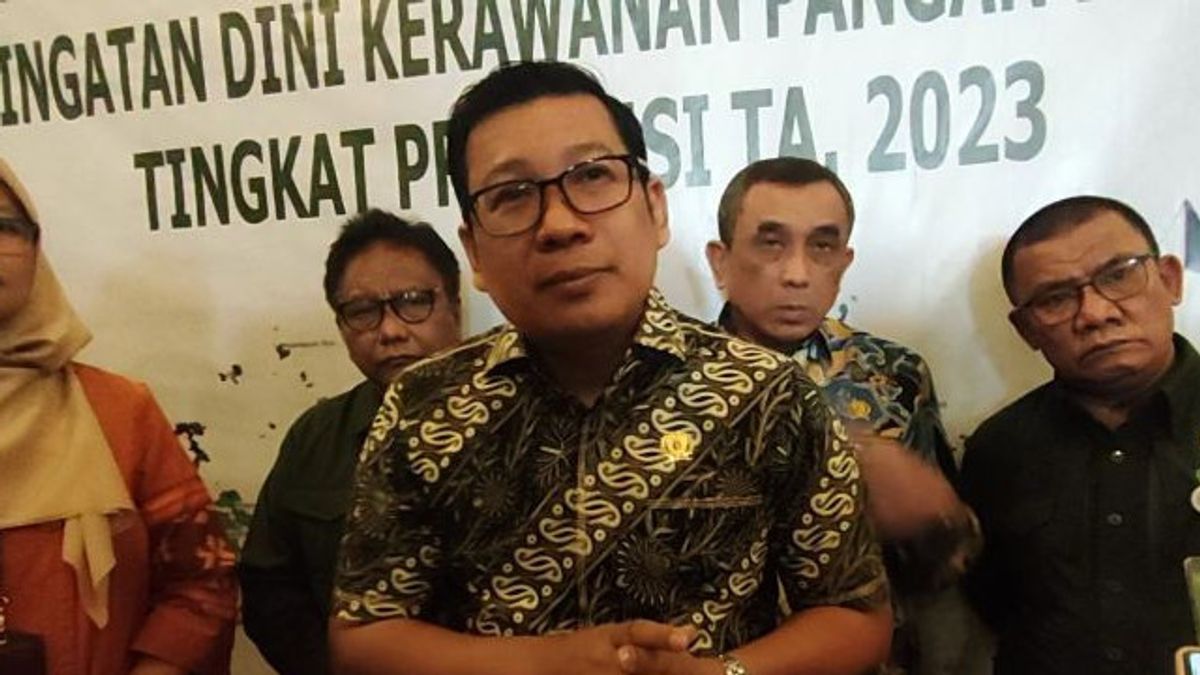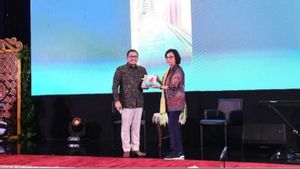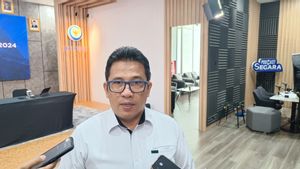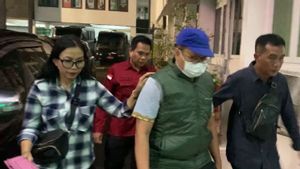JAKARTA - The National Food Agency (Bapanas) has created an early warning system for food and nutrition insecurity (SKPG) with access to provincial governments and 514 district and city governments, to include three aspects of food security data as a measure to anticipate agricultural and livestock problems.
Head of the National Food Agency Arief Prasetyo Adi when opening the Meeting for Strengthening the Analysis of the Early Food and Nutrition Insecurity System (SKPG), in Bogor City, West Java, Thursday, July 20, conveyed the impact of El Nino which could disrupt long droughts, so food adequacy needs to be anticipated.
"The data contained in it is data from the regions inputted by the father and mother of the food affairs department in the regions," said Arief, quoted from Antara.
Local governments and the general public can see the development of this SKPG based on a website that can be accessed through skpg.badanpan.go.id, and periodically produce data on food and nutritionally vulnerable statuses both nationally, provincially and regencyally.
Arief said that in the SKPG there are three aspects in which food availability concerns the area of land, puso or crop failure, then food affordability, namely people's purchasing power and the use of food regarding the nutritional content assessed by weight (BB) under Indonesian toddlers.
According to Arief, in addition to providing websites, to be able to provide early warnings of food insecurity, it is necessary for people who really understand food in their respective regions.
Food affairs agencies can enter regional food data that can be seen nationally, so that when there are excess areas, their availability will be able to supply the underprivileged.
He hopes that the socialization involving all representatives of the provincial, district and city governments will package and run a good eating program, eat healthy, eat B2SA, which is diverse, balanced nutritious, and safe, and the last one is to finish.
The program is to maintain the first aspect, namely the availability of food in producing and consumer areas. The community is expected to accept the diversity of consumption and not waste the availability of food.
اقرأ أيضا:
Currently, there are 74 regions that are included in the category of food-prone, mostly in eastern Indonesia. Food insecurity has also been mapped on the Food Security and Vulnerability Atlas (FSVA).
On the other hand, Indonesia's food production averaged 30 percent wasted due to various factors. Therefore, said Arief, this food vulnerability early warning system can be used as prevention.
"So, we don't want the harvest to be 100 tons, for example, 30 percent wasted, right? Therefore, we invite local governments through food affairs agencies to maintain food insecurity with sufficient data and knowledge in human resources," he said again.
The English, Chinese, Japanese, Arabic, and French versions are automatically generated by the AI. So there may still be inaccuracies in translating, please always see Indonesian as our main language. (system supported by DigitalSiber.id)
















